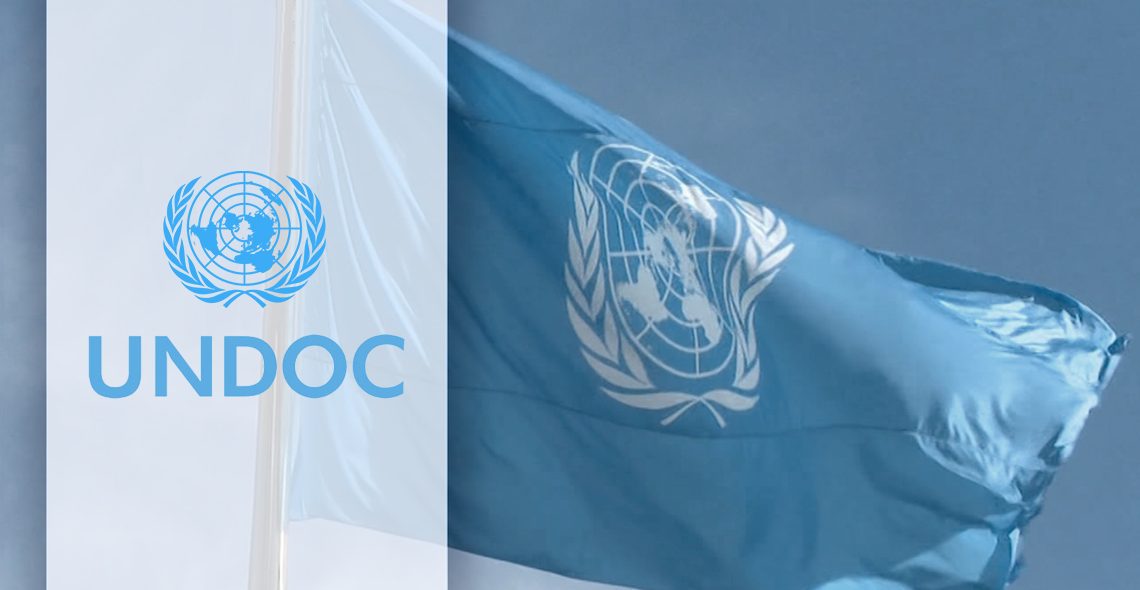In 20 January 2020, the Chair of the Security Council Committee (United Nations) has published a Letter concerning Islamic State in Iraq and the Levant (Da’esh), Al-Qaida and associated individuals, groups, undertakings and entities addressed to the President of the Security Council.
Some extracts address specifically the issue of cultural heritage looting and trafficking, such as :
- “80. The Team established recently that, until at least late 2018, ISIL had directly managed the sale of some Syrian cultural goods. Those goods were brought to Turkey, from where they were moved to trans-shipment points in the western Balkans, then smuggled to Western Europe via yachts or trucks, in which the cultural goods were hidden in consignments of vegetables. Some ancient manuscripts were smuggled out of the Syrian Arab Republic sewn into the lining of travellers’ clothes
- 81. Recent Member State information confirms that, during the occupation by ISIL of Mosul, Kirkuk and Ninawa, the group stole many artefacts from archaeological sites in order to finance its activities and trafficked these objects to northern Iraq and the Syrian Arab Republic (see S/2019/570, para. 77).Several artefacts were seized at the border between Iraq and the Syrian Arab Republic, and one of these pieces was found in a Libyan mosque. Many Iraqi archaeological sites have still not been inventoried, which encourages illegal excavation and looting by thieves who have little awareness of the items’ cultural and historical value.
- 82. One Member State highlighted ongoing illegal excavation and destruction of archaeological sites in the north of the Syrian Arab Republic. Armed groups, some associated with HTS, carry out illegal excavations in the areas of Nabi Huri Castle, the Hill of Zarafki, the Brad site, the two Hills of Kamruk, the Hill of Talaf Village and other archaeological and religious sites. S/2020/53
19/25 19-22474 - 83. Member States reported the increasing use of Facebook and other social media platforms for illegal trafficking in cultural property. Groups dedicated to antiquities trafficking continue to be created, while the area of origin of trafficked artefacts increases, continuously revealing a web of interconnectivity among antiquities traffickers.
- 84. The Monitoring Team recommends that the Committee write to Member States to highlight the growing role of Facebook and other social media platforms as a tool for the illicit trafficking of cultural property, and to encourage relevant Member States that have not done so to task specialized units to detect social media groups dedicated to the illicit trafficking of cultural property.”
The full text of the Letter is available here: https://undocs.org/S/2020/53

